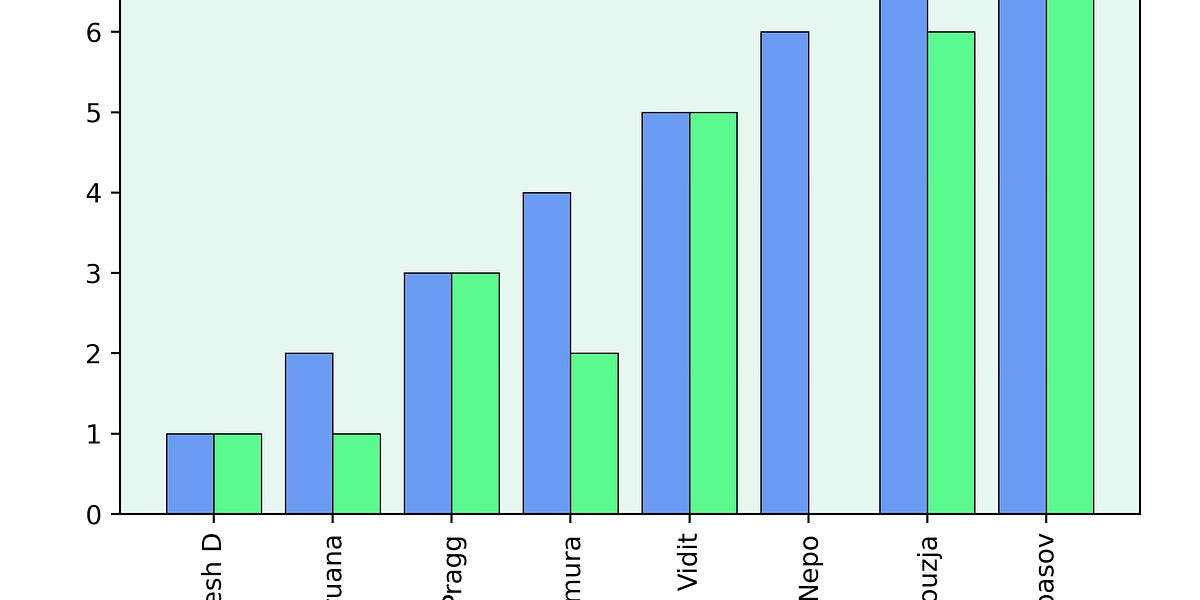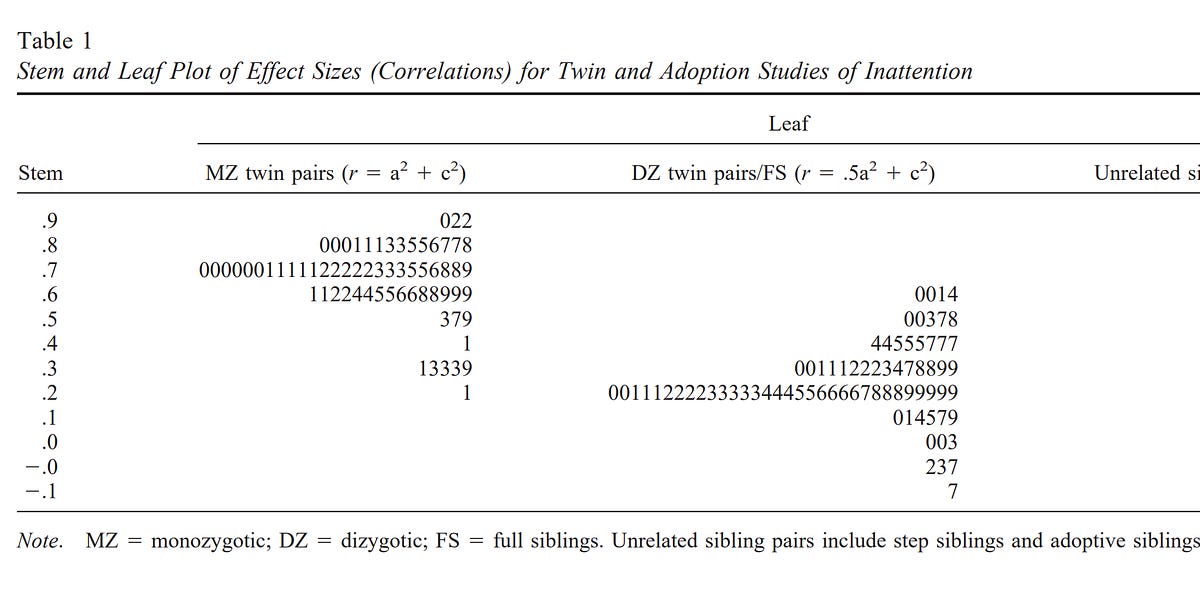
Exposure to electromagnetic fields and suicide among electric utility workers
Objective To examine mortality from suicide in relation to estimated exposure to extremely low-frequency electromagnetic fields in a cohort of138,905 male electric utility workers. Methods Case-control sampling, which included 536 deaths from suicide and 5,348 eligible controls. Exposure was classified based on work in the most common jobs with increased exposure to magnetic fields and indices of cumulative exposure to magnetic fields based on a measurement survey. Results Suicide mortality was increased relative to work in exposed jobs and with indices of exposure to magnetic fields. Increased odds ratios (ORs) were found for years of employment as an electrician (OR, 2.18; 95% confidence interval [CI], 1.25-3.80) or line worker(OR, 1.59; 95% CI, 1.18-2.14), whereas a decreased OR was found for power plant operators (OR, 0.67; 95% CI, 0.33-1.40). A dose-response gradient withexposure to magnetic fields was found for exposure in the previous year, with a mortality OR of 1.70 (95% CI, 1.00-2.90) in the highest exposure category.Stronger associations, with ORs in the range of 2.12 to 3.62, were found for men younger than 50 years. Conclusions These data provide evidence for an association between occupational electromagnetic fields and suicide that warrants further evaluation. A plausible mechanism related to melatonin and depression provides a direction for additional laboratory research and epidemiologic evaluation.
In the United States, suicide is currently the 8th leading cause of death1 and is, with homicide, the third leading cause of years of potential life lost.2 Although suicide rates showed a steady increase from the mid-1950s to the late 1970s,they have changed relatively little during the past 15 years. Mental and addictive disorders are the key risk factors for suicide and suicidal behavior.3 Analyses of patterns and trends of suicide in the United States show increased risks among people who are male, white, divorced or widowed, elderly, and those living in western states.3,4














/cdn.vox-cdn.com/uploads/chorus_asset/file/25419483/247092_Student_activist_doxxing_AKrales_1438.jpg)












